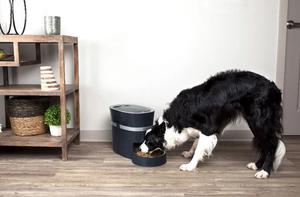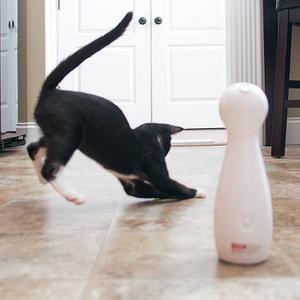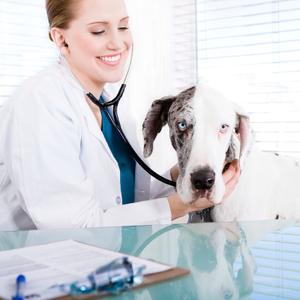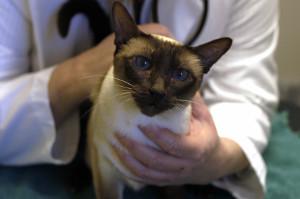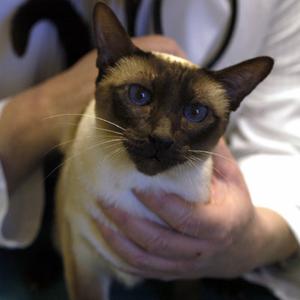Did you start off the year making a resolution to live a healthier life? If so, you're not alone. As you take control of your health, make sure your pet is leading a healthy lifestyle, too. Make this a resolution you keep with this checklist for your pet's health.
Schedule a Visit with Your Veterinarian.
 Not all medical conditions are obvious. That's why it is important to make regular visits to your pet's veterinarian. Even if your pet seems perfectly healthy to you, a full physical examination and lab testing can help detect issues that may need treatment.
Not all medical conditions are obvious. That's why it is important to make regular visits to your pet's veterinarian. Even if your pet seems perfectly healthy to you, a full physical examination and lab testing can help detect issues that may need treatment.
Between visits to your pet's veterinarian, here are some health checks you can do at home. Knowing what to look for yourself can help prevent further problems.
- Ears - Check for cleanliness. Ears should be clean with no redness, smells, or excessive wax.
- Eyes - If your pet's eyes are red, cloudy, or watery, you should check in with your vet.
- Mouth - Red or swollen gums, discolored teeth, and bad breath can be signs of dental disease.
- Skin & Coat - Your pet's skin should not be red or excessively dry. If you notice bald spots or thinning fur, you may need to see your vet.
- Bone & Joint - A sign of bone or joint problems can be limping or a drop in activity level for your pet.
 Make Sure Your Pet's Vaccinations Are Current.
Make Sure Your Pet's Vaccinations Are Current.
As they do in humans, pet vaccinations can help prevent potentially serious illnesses. Core vaccinations are recommend for all pets, while non-core vaccination are only needed under certain circumstances. Your veterinarian can make suggestions based on factors such as whether your cat goes outdoors or your dog swims.
Take Precautions to Prevent Parasites.
Fleas and ticks can cause more than just a headache for pet owners. They can cause serious diseases in pets. With appropriate lifestyle management and medication, you can prevent these harmful parasites from reaching your pet.
F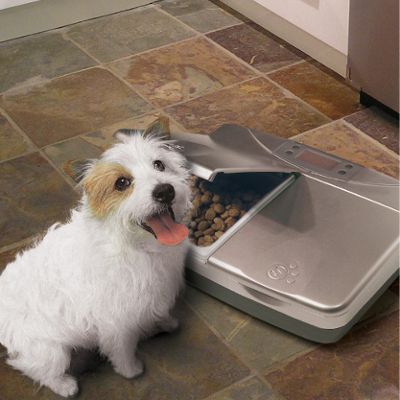 eed Your Pet a Healthy Diet.
eed Your Pet a Healthy Diet.
Obesity is the #1 nutritional disease in pets. Just like with humans, obesity can lead to serious health conditions such as diabetes or high blood pressure.
How can you tell if your pet is overweight? You should be able to feel your pet's ribs, but not see them.
Keeping your pet hydrated is also an important part of making sure your pet is healthy. Your pet needs one once of water per pound of body weight each day. Make sure your pet has access to clean, fresh water to prevent dehydration.
Commit to Giving Your Pet Plenty of Exercise.
 It's estimated that 54% of dogs and cats in the United States are overweight or obese. Even a simple activity can give your pet the vital exercise he needs to lead a healthier life. Take your dog for a walk around the neighborhood, or a run around the park.
It's estimated that 54% of dogs and cats in the United States are overweight or obese. Even a simple activity can give your pet the vital exercise he needs to lead a healthier life. Take your dog for a walk around the neighborhood, or a run around the park.
You can have your cat chase a laser or take a supervised walk outside for exercise. Best of all, you'll have bonding time with your pet.
You know your pet better than anyone. If you notice unusual behaviors or activities, talk to your vet.



